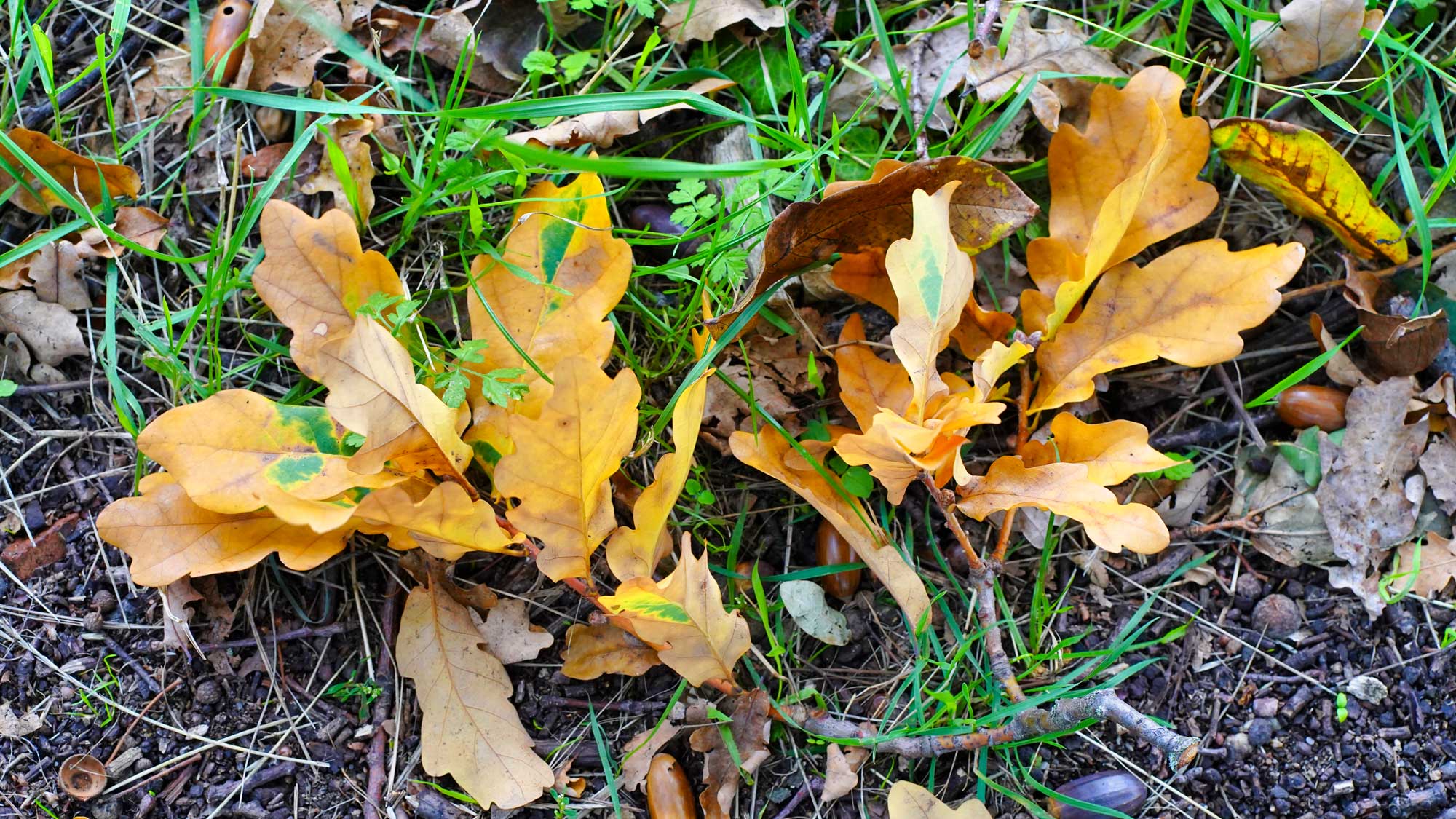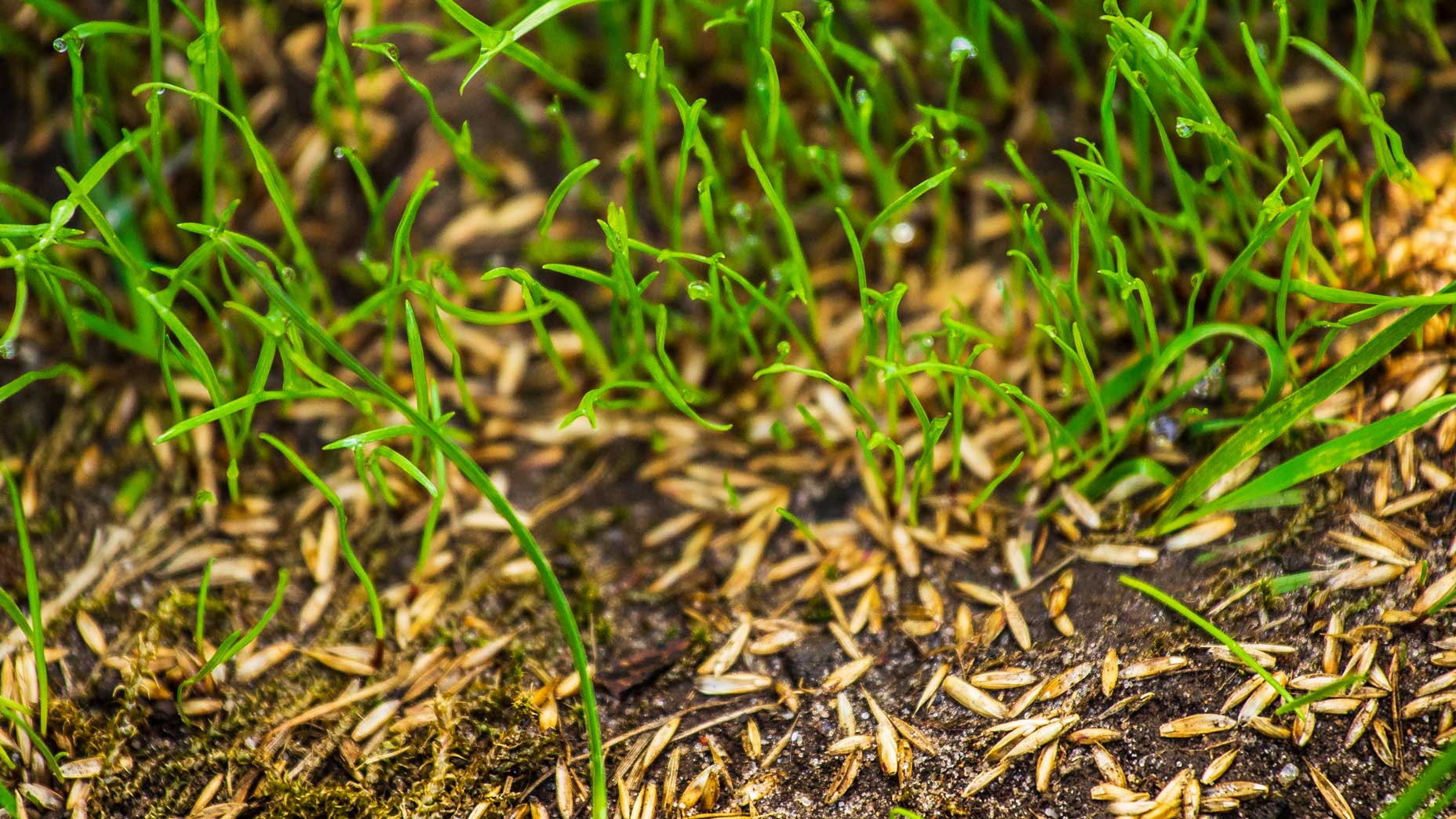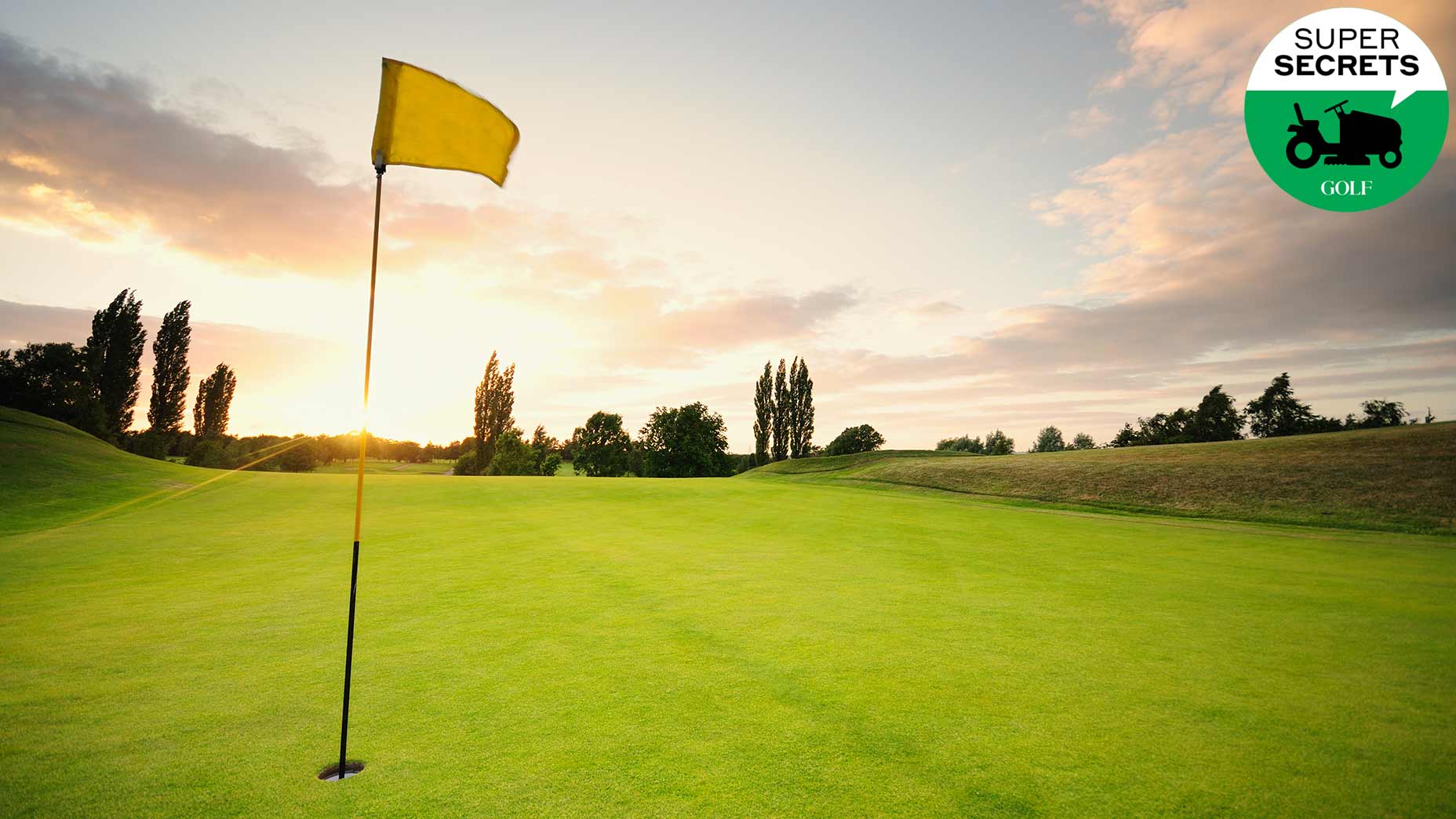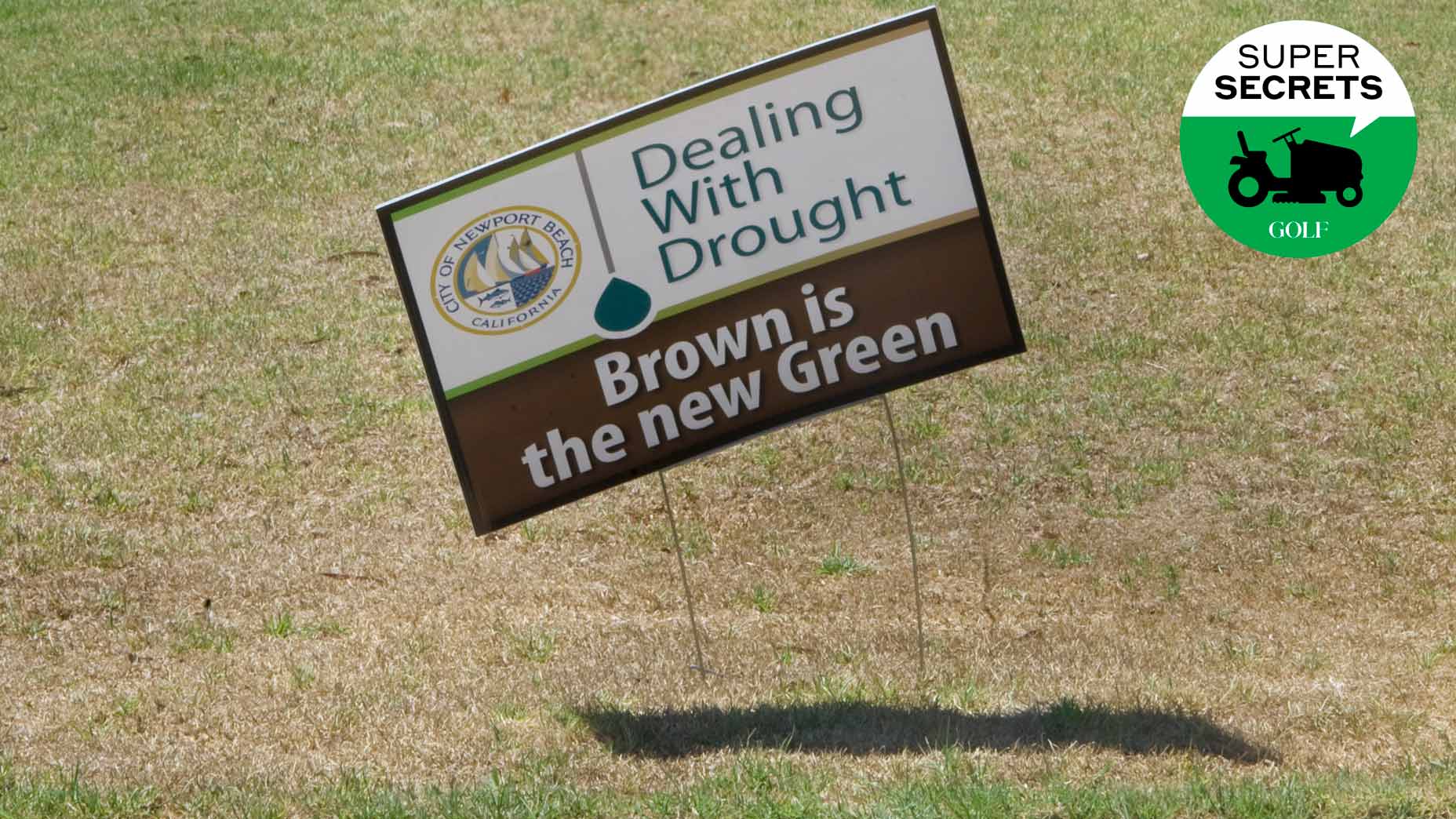Welcome to Super Secrets, a GOLF.com series in which we pick the brains of the game’s leading superintendents. By illuminating how course maintenance crews ply their trades, we’re hopeful we can not only give you a deeper appreciation for the important, innovative work they do but also provide you with maintenance tips that you can apply to your own little patch of paradise. Happy gardening!
***
Winter is coming.
But fear not.
It’s still fall, and fall is a fine time for growing grass. Maybe the best time, in fact.
The soil remains warm from the lingering heat of summer (that’s good for germination), and the air temperatures are in a Goldilocks range (not too hot, not too cold) for ryegrass, fescue and other cool-season turf.
What’s more, with summertime crabgrass and other weeds on the outs, young grass faces less competition.
Slam dunk, right? Not exactly.
Even in good times, problems can arise.
That in mind, GOLF.com asked Cory Griess, superintendent at Prairie Dunes Country Club, in Hutchinson, Kans., for the common pitfalls in growing grass from seed, and how the rest of us can avoid them as we try to cultivate healthy lawns at home.
1. Soften the soil
Seeds don’t do well on hard and rocky soil, so clear away sticks, stones and other debris, and do your best to soften up the ground. Griess recommends a power rake, but if you don’t have that tool, a good, aggressive hand-raking will suffice. Anything to “scratch or break up the soil,” Griess says, will help transform unfriendly terrain into more fertile territory for your seeds.
2. Go deep
The best grass seed for your yard, according to a golf-course superintendentBy: Josh Sens
Casually scattering grass seed is the easy way to go but not the best one. For starters, it leaves seeds vulnerable to all kinds of critters. And even if the birds and mice don’t get them, they won’t be set up for success. “Seeds need as much soil contact as they can get,” Griess says. Planting means planting. Get those seeds in the ground.
A lawn roller weight with water can help with this. Griess also suggests aerating the soil just before and after you seed the ground. Not only does it open up oxygen channels (grass is just like us; it needs to breathe), it also helps get the seeds below the surface, in a better place to grow.
5. Water, water, water (just not too much)
Young turf needs a good amount of water. But a lot of homeowners go overboard. In the early goings, Griess says, light and frequent irrigation is the ticket: three to five minutes, three times a day. Once the grass reaches a half-inch in height, switch to heavier waterings but reduce the frequency to twice a day, so the water has a chance to seep into the soil and the roots grow deeper to quench their thirst. The deeper the roots, the healthier the grass.
How much (and when!) to water your lawn, according to a golf-course superintendentBy: Josh Sens
Of course, it’s possible to underwater, too. If your lawn gets parched, it will turn a blueish-purple color, as the greens often do on Sundays in the U.S. Open. That means it’s time to give it more to drink. But don’t go crazy. Never irrigate so much that you’re left with standing water, which is suffocating. “Think about it this way, which can you go longer without, oxygen or water?” Griess says. “It’s the same with grass. You’ve got to let it breathe.”
4. Limit foot (and paw!) traffic
Turf is resilient, even when it’s young. If you walk across it, you might leave a footprint but it’s unlikely you’ll kill it. But running roughshod over it can lead to ruin. In the early goings, send the kids elsewhere to play flag football.
The best way to mow your lawn, according to a golf-course superintendentBy: Josh Sens
And don’t let the dogs out. “That’s how I’ve killed most of the grass in my own lawn,” Griess says. “By letting the dogs tear it up.”
Be patient. It won’t be long. You can let the good times roll once the grass is established and reaches mowing height (of about two-and—a-half inches). That usually takes about a month.
5. Lay some hay
A lot of homeowners lay down straw to protect their seeds from critters, or prevent them from getting washed away by heavy rains. That’s not a bad idea. In moderation. Make it a light layer. If you can’t see the seedbed through the straw, you’ve probably laid things on too thick, which will deprive your lawn of the light and air it needs.
Speaking of shade, be aware of your trees, too. They cast shadows, and grass needs light. If you’ve got an oak (or pine or elm…you get the picture) that’s throwing shade over your seedlings, you might need to take action. Not drastic action, in most cases. Just enough pruning of the leaves or limbs to let life-giving sunshine in.













